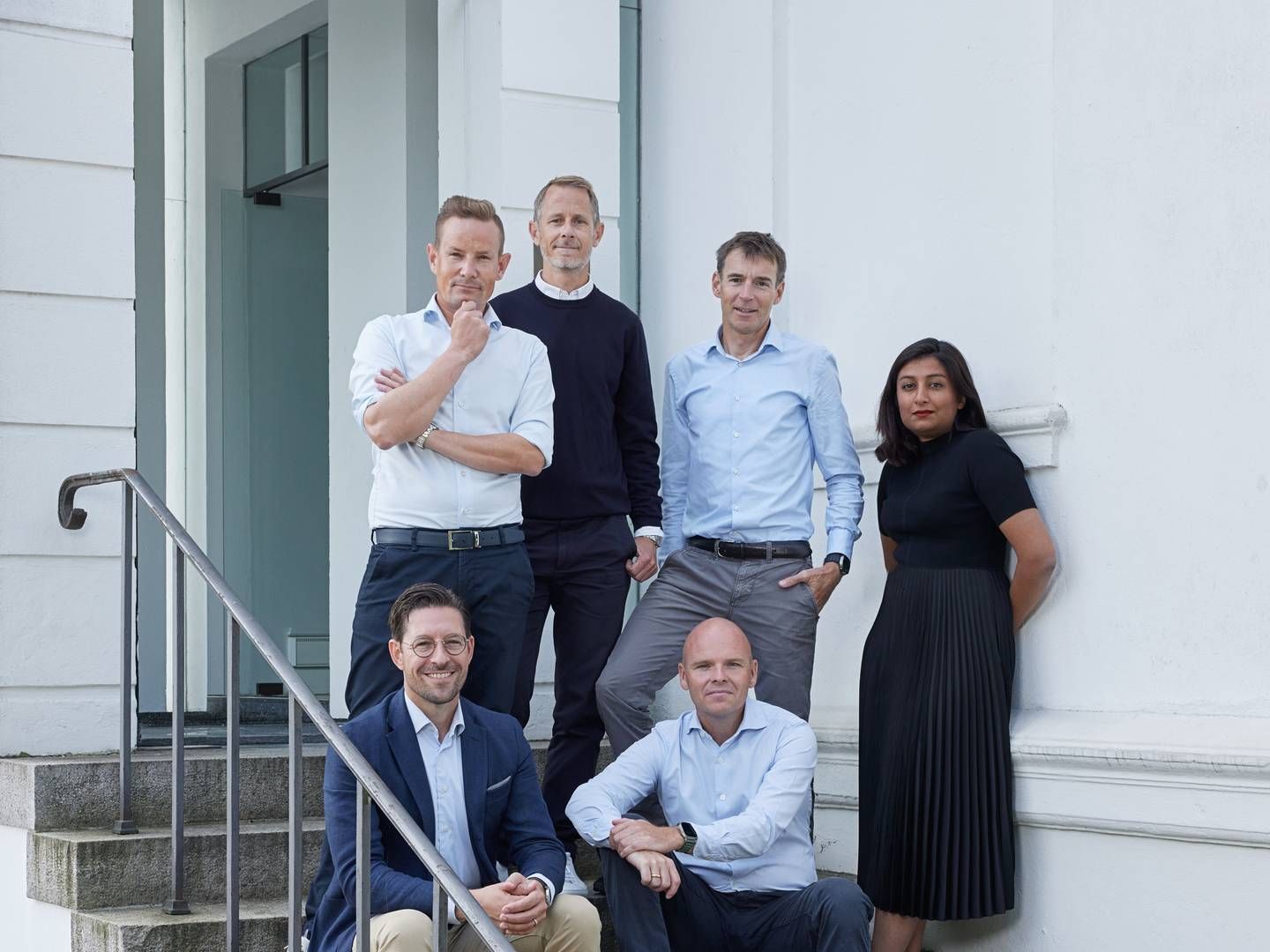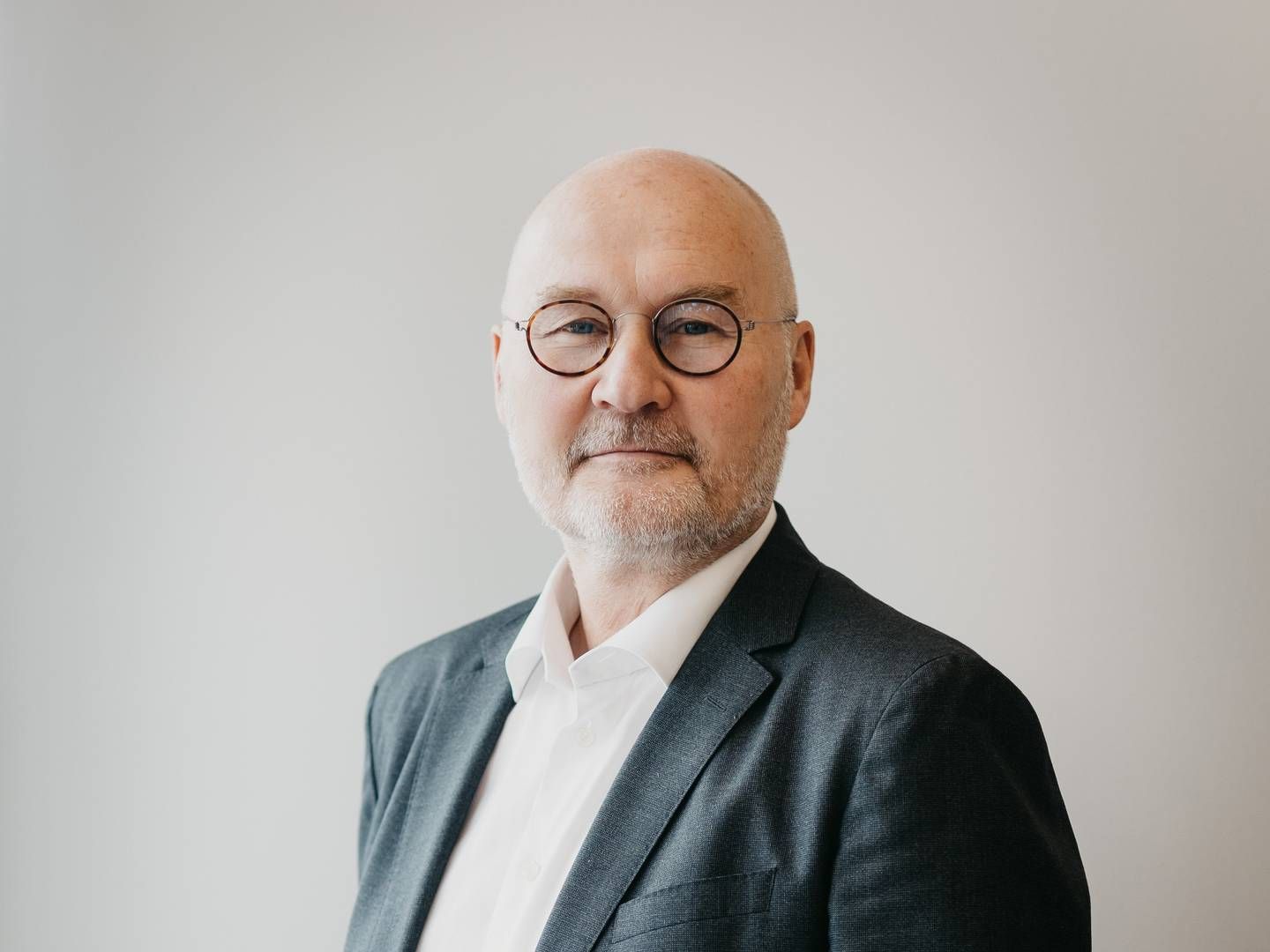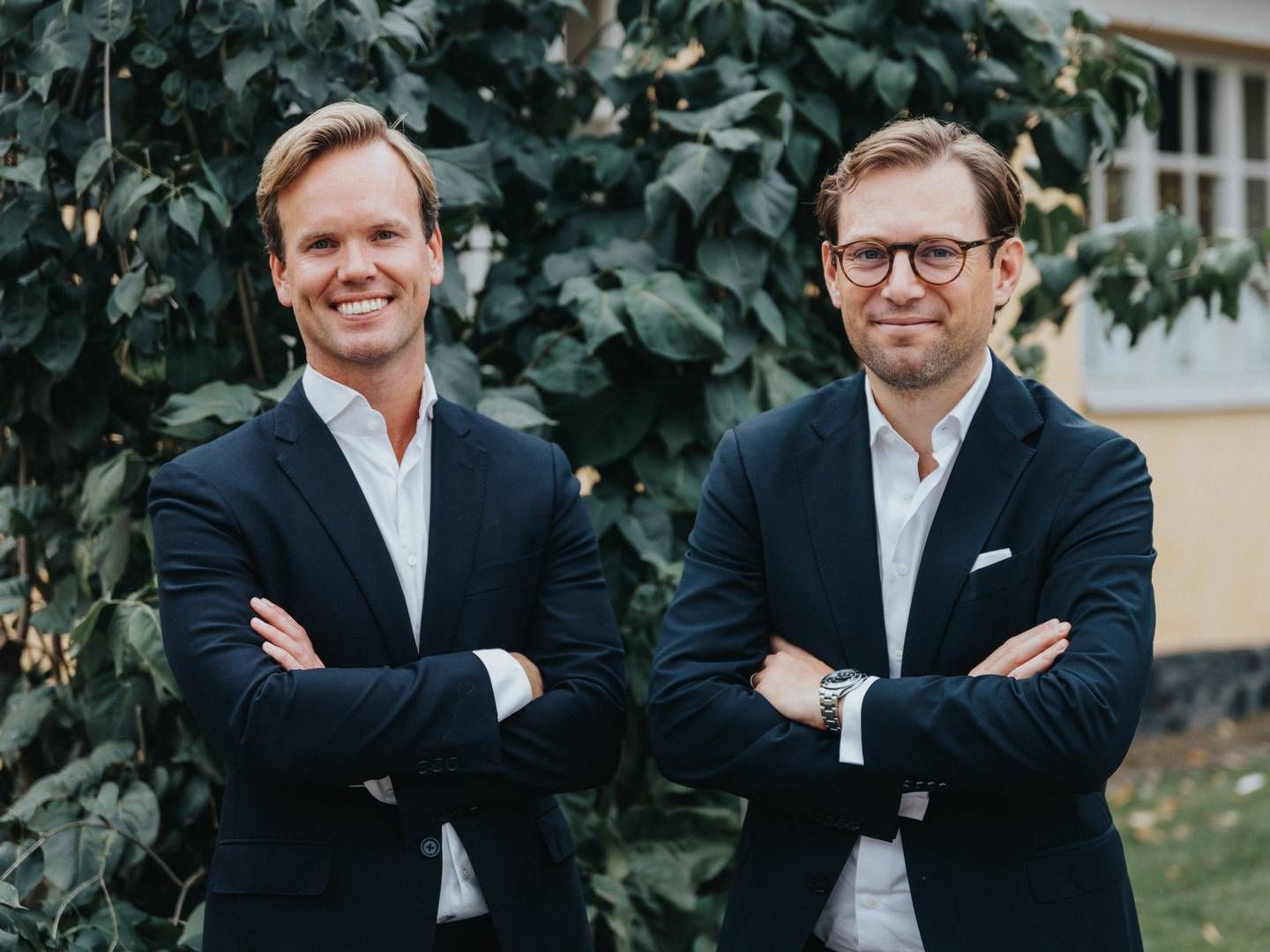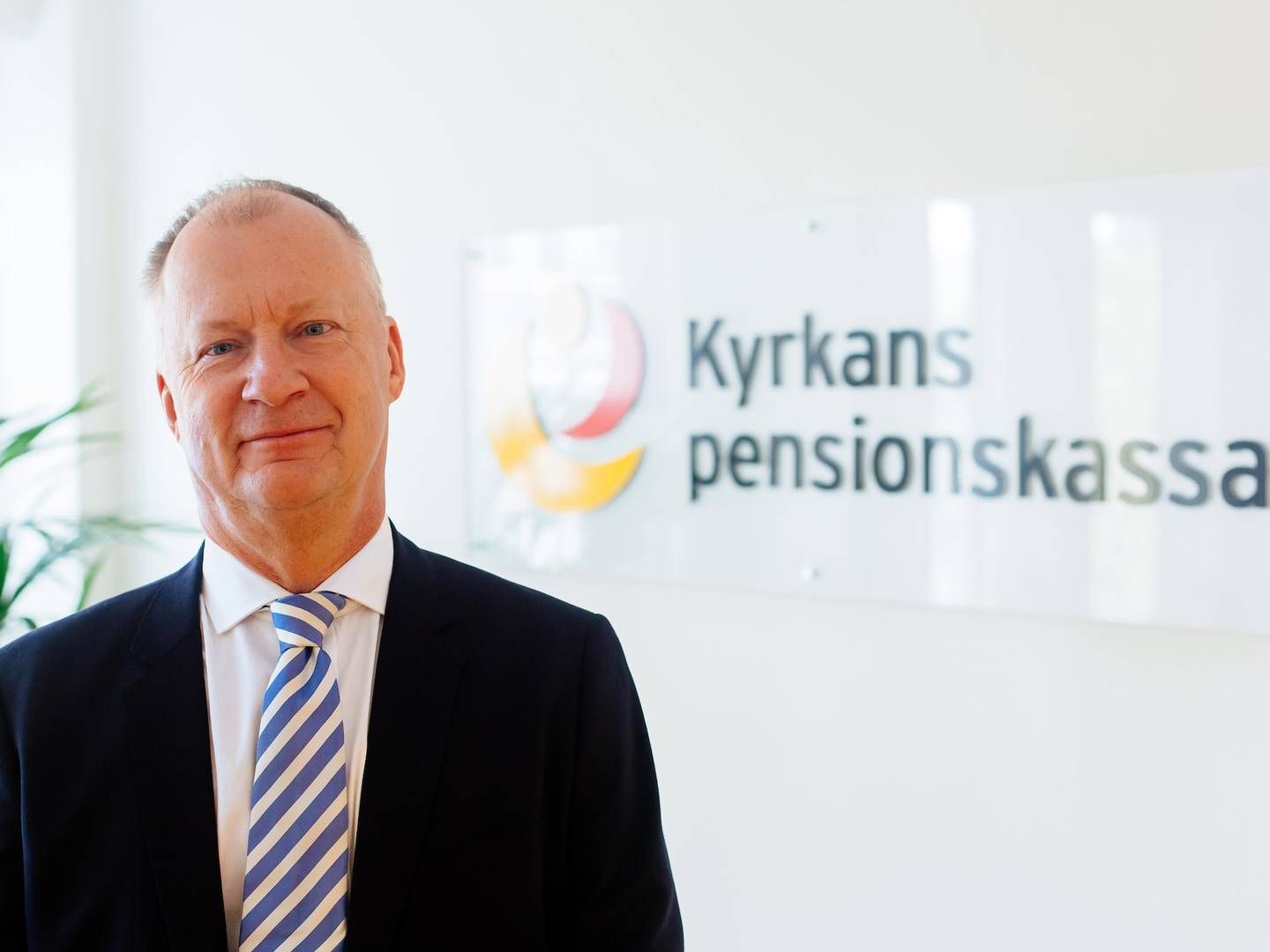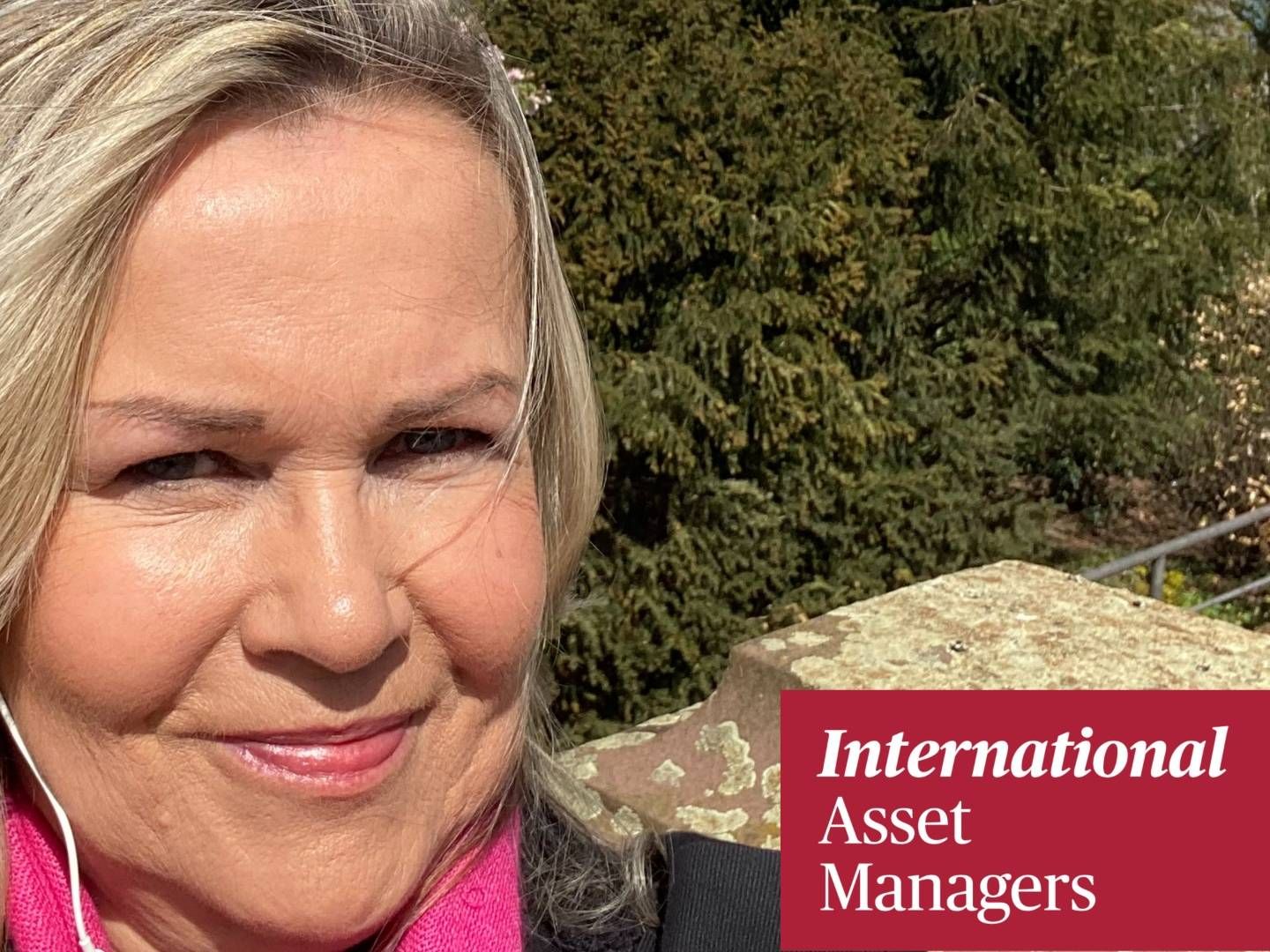Column: How to deal with a very changed investment landscape
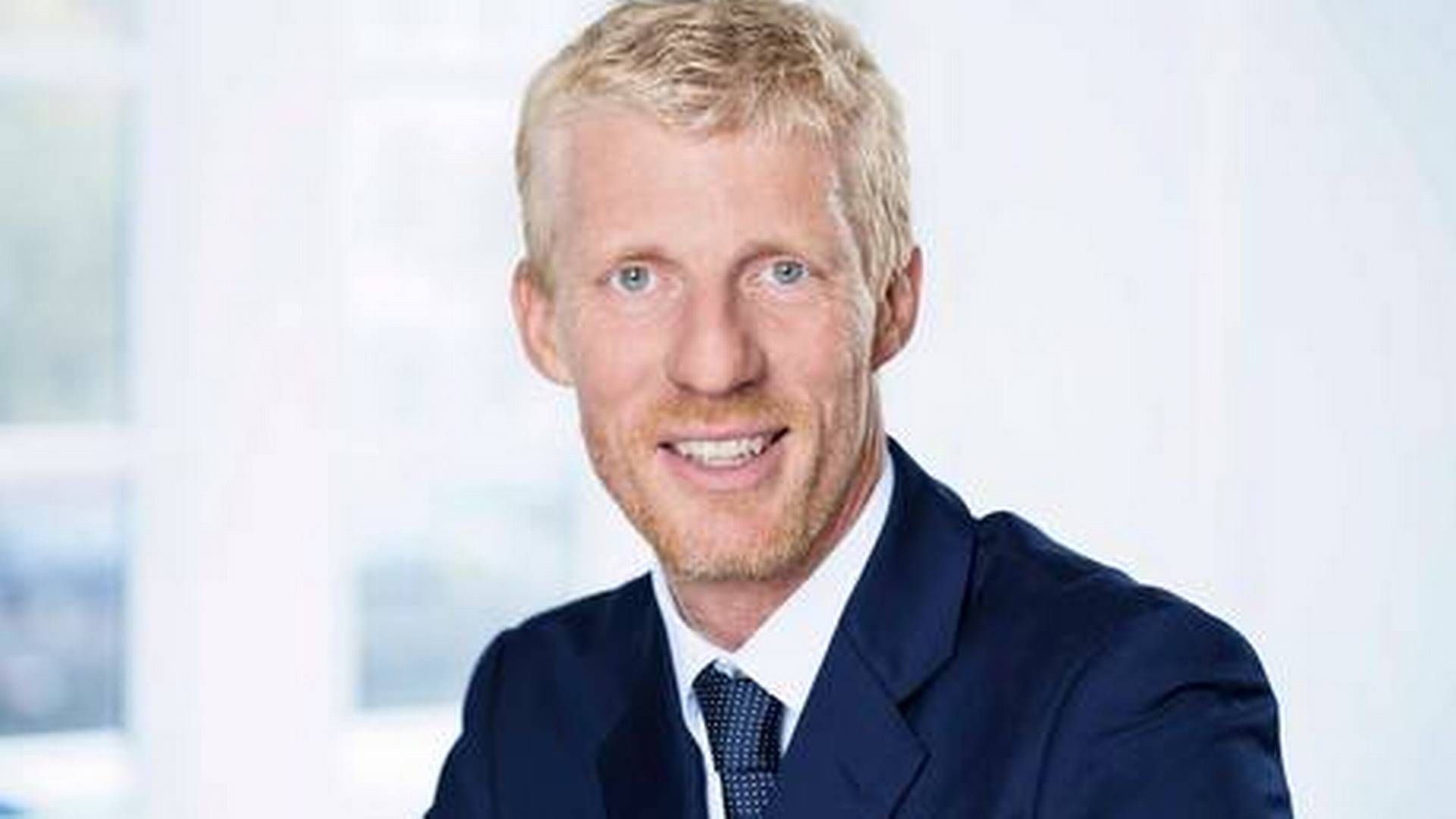
2022 has been a tumultuous year for global investors, to put it mildly. Highest inflation, largest rise in bond yields and the most significant tightening of global monetary policy in generations. Add a soaring dollar, bear markets in global stock prices and Emerging Market bonds and the biggest loss for a 60/40 portfolio in 100 years. On top of that the Russian invasion of Ukraine, soaring energy prices and mounting signs of a recession in Europe and globally.
Tumultuous it has been. And it leaves investors with a totally changed investment landscape than a year ago and lots of tactical and strategic portfolio challenges and opportunities. In the following, we will focus on what we believe are some of the most important strategic portfolio considerations at the beginning of 2023.
Strategic changes as bonds are back in the game
In the last 12-18 months, the biggest change in the investment landscape has been the significant rise in nominal and real bond yields. Nominal and real yields on short- and long-term government bonds have risen by 250-400 bps. in Scandinavia, Europe, and the US and even more on some credit bonds.
Higher bond yields mean higher required returns on a lot of asset classes and, thus in general, lower asset prices. It also means that many bonds and cash equivalent assets are back in the game when optimizing portfolios after several years of negative expected long-term returns.
Some asset classes and factors have already been repriced, like EM bonds and parts of the equity and credit markets, and in the process, delivered negative returns during 2022. Consequently, significant parts of the efficient frontier have thus moved upwards.
However, some assets haven´t been repriced fully yet, and their relative risk premia have become much less attractive. Focus is not least on several alternative investments that, so far, seem to have delivered very decent returns while liquid stock and bond prices have taken a significant hit. The relative valuation of equities versus credit is also looking more stretched.
The bottom line is that the efficient frontier has moved significantly in the last year, and new optimizations are thus required as investors need to reconsider their strategic asset allocations. The good news is that long-term prospective portfolio returns have improved. The bad news is that some assets haven’t repriced fully to an environment of higher risk-free rates and, thus, higher required returns.
Optimizing over a much wider opportunity set
Before running new optimizations, investors need to consider, more thoroughly than usual, what parameter values to use. The sudden change in the macro environment and burst of inflation and geopolitical uncertainty has made it clear that the realistic forward-looking opportunity set for longer-term returns and correlations are much wider than previously thought. Few investors expected just 12 months ago that long-term mortgage yields in the US and here in Scandinavia could suddenly reach 6-7 percent.
Nobody knows where real and nominal bond yields will settle; in other words if the equilibrium rate has changed permanently higher or soon will fall back again or go even higher from here. Central banks and academics are also openly discussing the idea of moving towards a 3-4% inflation target. Furthermore, labor markets are the tightest seen in at least 50 years, so its not unrealistic to expect that we maybe have entered a more inflationary period.
It would thus be unwise to take for granted that things settle down, inflation automatically falls back towards 2% and correlations and valuations just return to the world of pre-Covid.
To give an example, here are two very different but still realistic macro scenarios for the next 5-10 years and their very different implications for optimal portfolio construction:
- Back to lowflation: We return to the investment world we know from pre-Covid, i.e., central banks succeed in getting inflation back into a 1-3% range. Correlations between risky and safe assets become negative again. Real yields stay low, and valuation of assets remains high in a historical perspective;
- Inflationary boom: Inflation fluctuates like in the 1960s and 1970s, real economic growth stays relatively healthy and nominal growth thus high and default rates low. Bond yields fluctuate in a 3-8% range, correlations become highly positive, and valuations of all assets fall below historical averages as they have done historically when inflation gets above 4%;
Other longer-term macro scenarios like Stagflation – that haunted financial markets in the 1970s - cannot be ruled out either as we look towards 2030.
The bottom line is that investors must consider very different scenarios going forward and the implications for their portfolios on both the asset and liability side. Not least, implications for low-risk portfolios must be taken into serious consideration, as these investors have experienced the most negative portfolio surprise during 2022.
Reconsidering public versus private assets
In the recent decade, global and Scandinavian investors have allocated a tsunami of money to alternative investments like private equity, private debt, infrastructure investments, property, hedge funds, commodities, etc. Inflows have been particularly strong in recent years in a combination of FOMO (fear of missing out) and TINA (there is no alternative) as an alternative to low-risk bonds yielding next to nothing.
However, during 2022 signs have accumulated that maybe it’s time for a serious reconsideration of the allocation to AI. Both the total allocation and the allocation in-between alternative investments sub-asset classes. Here are some of the issues in short order:
- As mentioned above, the relative attractiveness of several alternative investments has deteriorated significantly during 2022 as they haven´t yet repriced as much as liquid assets to a world of much higher real and nominal bond yields where leverage is much more expensive. We have moved from TINA to TARA (there are reasonable alternatives). This is especially relevant for the highest quality low-risk alternatives like prime property assets as they are the closest alternative to secure nominal and inflation-linked government bonds;
- Pricing of illiquid alternative investments when public market prices are gyrating and bond yields soar. FSAs in different countries and academics are voicing still more concern about whether valuations of private assets are adequately done so returns and losses get fairly distributed among savers;
- Lack of proper due diligence within, not least Private Equity/Venture Capital, as greed seems to have taken its toll on research quality. A graveyard of poorly performing IPOs down 80-100% in a short duration and an embarrassing lack of basic research behind investments in companies like now-bankrupt crypto exchange FTX indicate has brought the issue to the surface;
- The impressive returns of private market investments driven by multiple expansions and aggressive leverage seem to be a thing of the past. Going forward, managers will have to be able to create operational value and navigate restructurings and distressed situations – something which will require dedicated and experienced resources and skills.
All the above has raised an important discussion about how much capital to allocate to alternatives and, not least private versus public assets. The question is no longer a one-sided “do we have enough alternative investments”, but several investors should ask if they may “have too many alternatives”.
This is not to say that all alternatives are less attractive. Some alternative strategies in the hedge fund space, such as macro funds and CTAs, have again shown their value as true diversifiers in a turbulent environment, and certain real asset strategies with intrinsic inflation protection have also proved their worth. Increased liquidity demand may also create interesting opportunities in the secondary markets for private assets. Not all alternatives are alike, and building truly robust portfolios will require more insight and effort going forward.
The end: The landscape has changed
The above is just some of the key strategic portfolio issues to consider at the beginning of 2023. Geopolitics and the allocation to foreign assets like China, how to deal with ESG and sustainable investments, and FX hedging now that the EUR and SEK are 25-30% undervalued versus USD, are other important ones not covered here.
The final bottom line is that a lot more of the investment landscape has changed in the last 12 months than we are used to within a year. Therefore, thoroughly reconsidering the whole strategic asset allocation set-up is warranted. In that process, the worst one can do as an investor is to take for granted that the coming years will be like the last decade.


